Austria
Austria is quite well known in the mineral collectors world, especially by those interested in micromounts and smaller minerals.
The country is the type locality for over fifty minerals.
If you’d like to filter by Austrian state, use these links:
• Burgenland • Carinthia • Lower Austria • Salzburg • Styria • Tyrol •Showing all 13 results
-
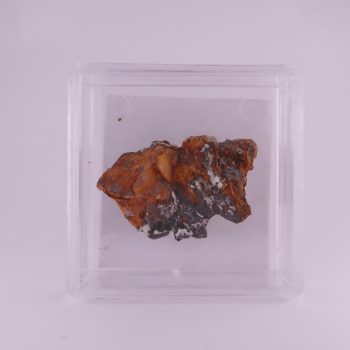
Aragonite from Brandberg, Austria
£10.00 -
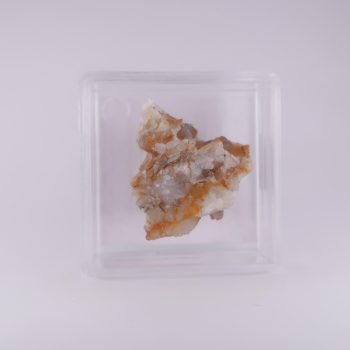
Bismuthinite from Ödenkar, Austria
£10.00 -
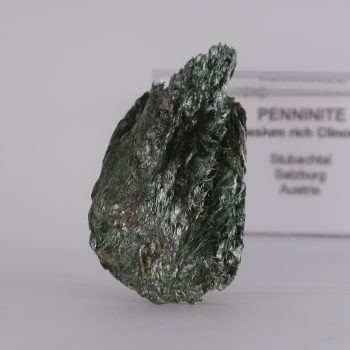
Clinochlore from Stubach valley, Austria
£10.00 -
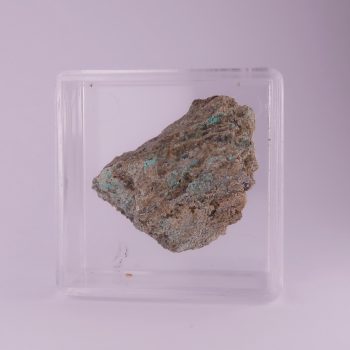
Mcguinnessite from Gulsen, Austria
£10.00 -
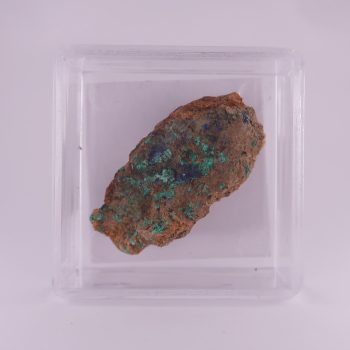
Parnauite and Strashimirite from Herren adit, Austria
£20.00 -
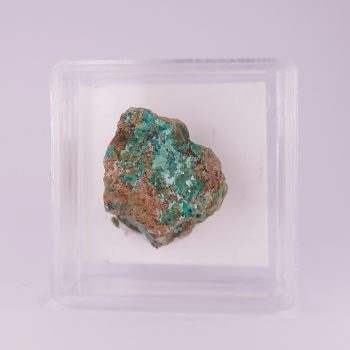
Parnauite and Strashimirite from Schwarzleo mining district, Austria
£15.00 -
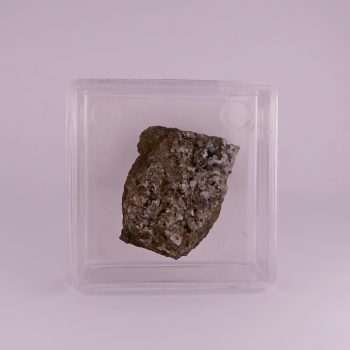
Phillipsite from Basaltbruch, Austria
£5.00 -
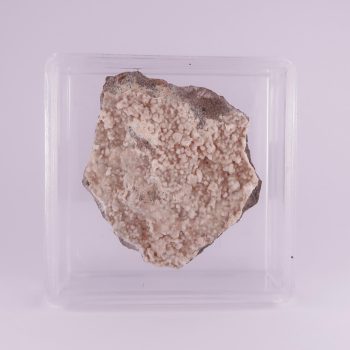
Phillipsite from Stradner Kogel, Austria
£2.50 -

Pseudobrookite from Basaltwerk Pauliberg, Austria
£3.00 -
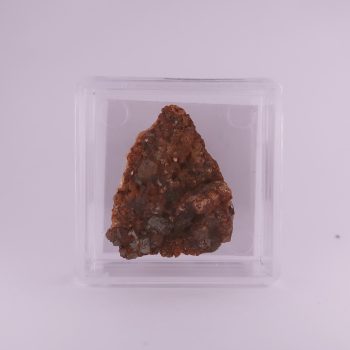
Pyrite from Krumlkeeskopf area, Austria
£3.00 -
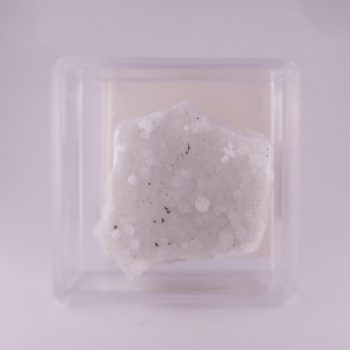
Pyrite from Tanzenberg, Austria
£10.00 -
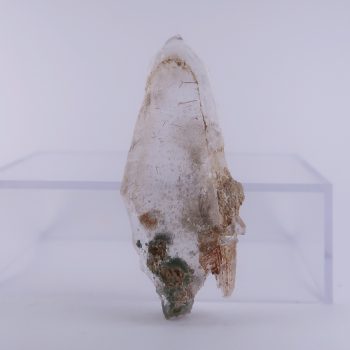
Rutile and Quartz from Saurüssel, Austria
£15.00 -
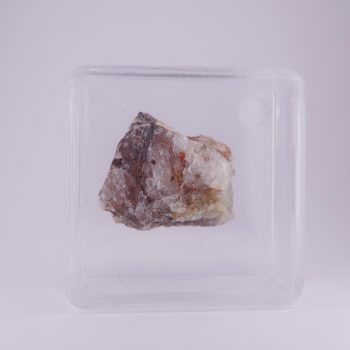
Rutile from Rabenwald, Austria
£10.00
Austria has a long mining tradition, especially in the Alpine regions, and has produced a good range of mineral specimens, though it’s perhaps better known to micromount and systematic collectors than for large cabinet pieces.
The state of Styria has historically been a centre for iron mining, and Erzberg is still an active open-pit iron mine. This area has produced siderite, pyrite, and quartz, among other species. Some of the quartz from here can be quite sharp and aesthetic, though it’s not always easy to source.
The Tauern region, particularly around the Habachtal Valley, is famous for its emeralds. These are some of the only emeralds found in Europe, though they tend to be smaller and darker than material from Colombia or Zambia. Specimens from this locality can include schist matrix with emerald crystals embedded.
Austria is also well known for scheelite, especially from the Mittersill deposit. Crystals can be sharp and lustrous, sometimes fluorescing under UV light. Other minerals from Alpine clefts include adularia, epidote, titanite, and fluorite, often found in association with quartz and chlorite.
Collectors of older material may find labels marked as “Tyrol” or “Styria” without a country, especially on specimens dating from before the dissolution of the Austro-Hungarian Empire. Some pieces are also labelled in German, Latin, or French depending on period and provenance.
Austria is the type locality for 53 minerals according to Mindat, including some very well known species – anhydrite, lazulite, wulfenite, and zoisite.
We do have some more information, and sometimes specimens from specific Austrian locales.
Austrian locales
Burgenland Carinthia
- Brandrücken, Frantschach-Sankt Gertraud, Wolfsberg District, Carinthia, Austria
- Laggerhof, Millstatt lake, Spittal an der Drau District, Carinthia, Austria
- Neufinkenstein-Grabanz mining district, Mallestiger Mittagskogel, Finkenstein am Faaker See, Villach-Land District, Carinthia, Austria
- Terpetzen, Trixen, Völkermarkt, Völkermarkt District, Carinthia, Austria
- Christoph adit, Schwarzleo mining district, Schwarzleograben, Hütten, Leogang, Zell am See District, Salzburg, Austria
- Diabase quarry, Biberg, Saalfelden, Zell am See District, Salzburg, Austria
- Herren adit, Schwarzleo mining district, Schwarzleograben, Hütten, Leogang, Zell am See District, Salzburg, Austria
- Lohning quarry, Rauris, Zell am See District, Salzburg, Austria
- Ödenkar, Radhausberg, Kreuzkogel massif, Naßfeld valley, Bad Gastein, St. Johann im Pongau District, Salzburg, Austria
- Rotgülden, Muhr, Tamsweg District, Salzburg, Austria
- Stubach valley, Zell am See district, Salzburg, Austria
- Zwillingswand, Wald, Zederhaus, Tamsweg District, Salzburg, Austria
- Basaltsteinbruch, Klöch, Südoststeiermark District, Styria, Austria
- Gulsen, Sankt Marein-Feistritz, Murtal District, Styria, Austria
- Haider quarry, Radl pass, Eibiswald, Deutschlandsberg District, Styria, Austria
- Stradner Kogel, Wilhelmsdorf, Bad Gleichenberg, Südoststeiermark District, Styria, Austria
- Tanzenberg, Kapfenberg, Bruck-Mürzzuschlag District, Styria, Austria
- Hauskogel, Brixlegg, Kufstein District, Tyrol, Austria
- Saurüssel, Mayrhofen, Schwaz District, Tyrol, Austria
We do have some other specimens from Austria, check the links below.
Austria
Minerals from Austria
